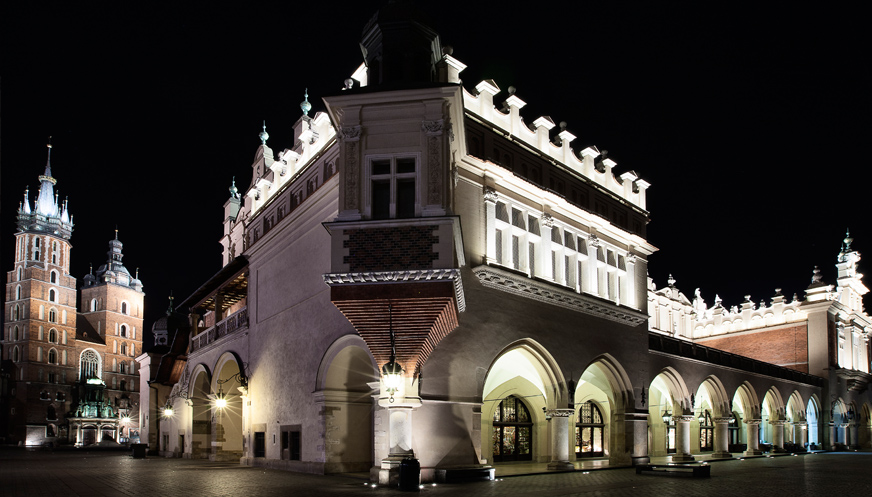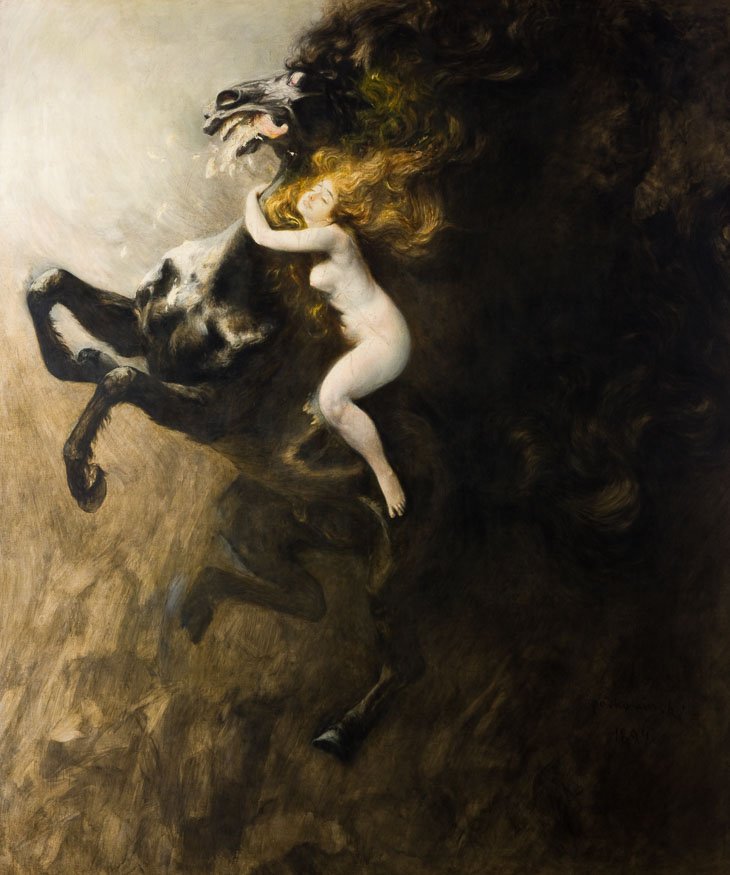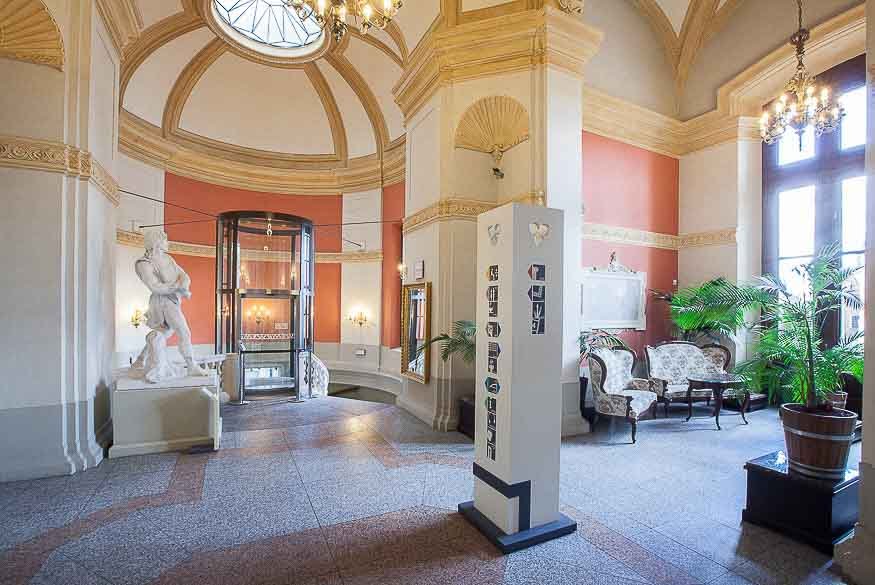The Gallery of 19th Century Polish Art in the Sukiennice will be open until 2:00 p.m. on December 4, 2025.
The Gallery of 19th-Century Polish Art in the Sukiennice will be closed to visitors on 11 December 2025.
We apologize for any inconvenience.
Tuesday is the day of free entry to permanent exhibitions at the NMK.
The museum is closed on Mondays.
Opening hours for organized groups booked through the MNK Information and Reservation Center:
Tuesday: 9:00-18:00
Friday: 9:00-18:00
The Gallery of 19th-Century Polish Art in the Sukiennice will be closed to visitors on 11 December 2025.
We apologize for any inconvenience.
Tuesday is the day of free entry to permanent exhibitions at the NMK.
The museum is closed on Mondays.
Opening hours for organized groups booked through the MNK Information and Reservation Center:
Tuesday: 9:00-18:00
Friday: 9:00-18:00
The Bacciarelli Room
The Enlightenment
Polish Art of the Enlightenment encompassed diverse artistic trends of the second half of the 18th century, which influenced the development of painting and sculpture in the subsequent century and the formation of ideological attitudes of Polish society until modern times. The exhibition presents the most important trends in painting and sculpture of the period represented in the collections of the National Museum in Krakow.
Polish art of that period had a great patron on the Polish throne - Stanisław August Poniatowski. The system which he created for the education of artists in Poland and abroad made it possible for fashionable art trends to take root in Poland. Buyers expected paintings which reflected „good taste” and at the same time complied with all the creative principles present in European painting, and not with the gentry's tradition and the limited skills of Polish guild painters. In the second half of the 18th century, Europe saw a growing popularity of Classicism originating from the academies in Rome and Paris, followed by the interest in the subtle way of painting typical of the Viennese academy and English portrait painting. In the first quarter of the 19th century, the aristocracy and nobility associated with Napoleon took a liking to Neo-classicism - a style of simple but noble forms modelled on ancient art.
One of the most famous artists of that era was Marcello Bacciarelli from Italy - Stanisław August Poniatowski's favourite and an excellent portraitist and history painter. Another very talented artist was a Frenchman - Jean Pierre Norblin - invited to Poland by Prince Adam Czartoryski. Poland was also home to other foreign painters, including Per Krafft from Sweden, Josef Grassi and Giovanni Baptista Lampi the Elder from Italy and Josef Pitschmann from Austria. With time, there appeared Polish artists educated abroad or in the royal Painting Studio – an art school run by Bacciarelli. The most outstanding of those painters include: Aleksander Orłowski, Franciszek Smuglewicz, Jan Bogumił Plersch and Józef Peszka.
Traditionally, the most popular painting type was portrait. Another intensively developed genre was history painting, whose task was to raise national awareness, promote knowledge of the history and culture of the country and create heroes and myths uniting the Poles, especially after the loss of national independence in 1795.




